The pavement tile (paving) is traditionally used to cover tracks and areas, as well as streets and courtyards - and already partly sweat asphalt.
Manufacturers offer a choice of tiles made from different materials, including from natural stone, wood, as well as concrete and clay treated by firing at high temperatures.
The paving slabs made of concrete mixture (cement, filler and water) is widely used - it is distinguished by strength and durability, a variety of forms, reliefs and shades, which allows you to create a variety of compositions. Such a tile is a beautiful, practical and economically advantageous way to cover sidewalks and yards.
Benefits of concrete paving slabs
Among the benefits of concrete blocks:
- ecology - due to its composition, the tile does not release toxic substances;
- wearness resistance and durability - the artificial paving slabs produced in compliance with the technology is not inferior in the strength of the granite blocking. A qualitatively laid tile can serve not one decade;
- resistance to temperature drops - tile does not melt as asphalt, from hot sunlight;
- less training - compared with asphalt and granite coating.
Manufacturers offer concrete pavement tiles of various shapes and colors, among them the following options are popular:
- traditional in the form of bricks;
- imitating old bridge paving;
- all sorts of squares, elongated bricks, scales, etc.;
- austrian multi-colored paving, giving a mosaic effect;
- roman stone (with curved edges and rounded corners);
- "Gestka" "with repetitive plant patterns on the surface;
- patterns in the form of a wave, grid, cobwebs;
- eco-tile, passing water - after the rain, the paved surface will remain as dry as possible. Such paving slabs allows you to put a car on the parking lot of grass;
- concrete tile with a stone crumb that gives a stone stone structure - basalt, quartz, granite, etc. are used.
Technology production of paving slabs
There are the following methods for the production of concrete paving slabs:
- Vibrolite - fine-grained poured into a plastic form The mixture is maintained on the vibrotole for seal, after which it pouring and dials strength. The technology of production of paving slabs with vibrolying provides for the addition of special plasticizers to a concrete solution to increase tile wear resistance. The tile produced in this way is used in individual construction for the equipment of pedestrian tracks in the private selection area, at dachas and country cottages. The service life of this pavement is up to 10 years.
- Hyper- and vibratingressing - a concrete semi-dry mixture is powered by a concrete seal under the influence of hyperpress pressure or press and vibration.
Such a tile is characterized by higher strength and frost resistance, clear forms and a rough surface, suitable for the packing of public spaces - areas, sidewalks and even the carriageway. The vibropressed tile will last up to 25 years.
Forms for paving slabs
The vibration technology allows you to get different shades of concrete tiles and give it a variety of forms. From various curly elements, you can create unique tracks and coatings. Such a tile will be organically looked at the background of green plantings, and against the background of the facade of the building. Creation of paving slabs with their own hands - the process is quite creative and provides ample opportunities for the improvement of the local area. To do this, you will need for tile forms - 50% of the quality of the quality of the paving slaves depends on them.
The sale presents a wide selection of similar products, mainly of plastic, rubber and silicone. These materials are distinguished by strength and at the same time flexibility, as well as durability - they are withstanding a plurality of cycles (rubber forms are considered the most durable, then plastic and polyurethane go). Many manufacturers sell forms for tile pieces, there is no need to buy a large number immediately - you can purchase several samples "on the sample" for the manufacture of paving slabs with a simple ornament, plastic forms are perfect. Silicone due to its elasticity allows you to achieve a more complex embossed surface and pass the smallest details of a variety of patterns. The disadvantages of silicone forms include the fact that they do not always hold the form well - can often be swelling, to give a breakdown, which leads to a distortion of linear forms of manufactured tiles.
Paving slabs with their own hands for the arrangement of country houses, cottages and cottages
The concrete pavement is an indispensable element for the equipment of the house territories, as its decorativeness and functionality gives ample opportunities for use in various landscape design solutions.
Making forms for tiles at home
At home, you can make your own shapes for tiles from plastic, wood or silicone, allowing you to get a high-quality and beautiful pavement tile, not inferior to products made by industrial way.
How to make forms for concrete tiles yourself:
- To make a plastic form with your own hands, you need to prepare a wooden frame with internal dimensions according to the size of the tile, pour molten plastic into it and wait for it to frost (it will be necessary for about an hour), and then remove the finished shape. The irregularity of the finished product can be treated with sandpaper.
- The shape of the casting silicone is easy. It is necessary to prepare a suitable container matrix - to make it from any rigid material and lifting seams with a sealant or firmly copold screws (or take a ready-made suitable container). The frame surface must be cleaned and degreased. It will be necessary to mix according to the instructions in the desired proportions, the components of the silicone (base, hardener and catalyst). The container is placed in a layer of sculptural plasticine, on top of the model with which you need to remove the cast, lubricated with vegetable oil. From above, a thin flowing is poured with a silicone mixture, after pouring materials (approximately after a day), the finished shape can be obtained from the container and cut down small defects and irregularities with scissors.
- Wooden forms without the bottom are made up of wooden bars. The prepared planks are fastened using metal corners into rectangular, square or hexagonal forms.
In the manufacture of forms for paving slabs, it is also recommended to make angular shapes, and it should also be borne in mind that the tiles should approach each other in size and fit into the mosaic.
How to make paving slabs yourself
We will need the following tools and materials:
- cement and sand;
- gravel;
- superplasticizer;
- dye;
- solution tank;
- filling form;
- vibrotol.
It is necessary to prepare for the manufacture of tiles, given the following nuances:
- Sand for the solution you need to pre-sift from leaves and grass. Small pebbles in the composition of sand can be used in solution, so the tile will acquire additional texture. Also adding fine gravel is also allowed.
- For the manufacture of durable paving slabs, it is recommended to use the grade cement M 500, as well as add a plasticizer (in an amount of 0.5% of the entire mixture in dry form). The plasticizer must be prepared according to the instructions - dissolve it in hot water.
- For the saturated color of concrete, take at least 2% of the pigment dye, carefully dissolved in warm water. If you save on the dye, the shade of the pavement will be pale, and in a couple of years it can completely wash the rains from the tile. To save the dye, the fill is used by two layers - the first layer of the painted cement mixture is placed and from above the unpainted solution.
- Tile forms must be pre-lubricated - Special lubricant for the platform is sold, and you can also cook it yourself. To do this, you need two liters of water to add 70 ml of engine oil and thoroughly shake up to a homogeneous mixture.
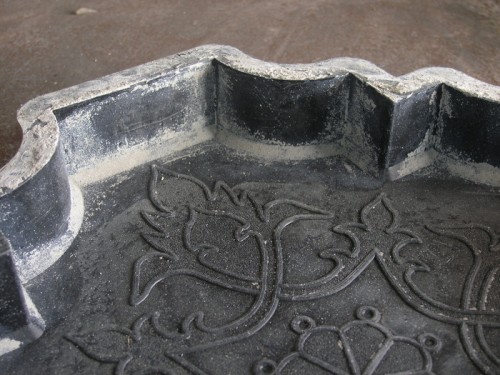
Technology preparation of concrete paving slabs with their own hands
The process of manufacturing paving slabs at home consists of the following steps:
- We prepare the cement-sand mixture in the proportion of three parts of the sand per part of the cement. You can also prepare a solution with the addition of granite drop-down - it will enrich the composition of the tile with stone splashes and give extra strength. In this case, mix 2 parts of gravel and one part of cement and sand.
- Gradually add, stirring, water dissolved in water plasticizer and dye, achieving the consistency of wet earth. If the mixture is too liquid, the tile strength will significantly decrease. Reinforcing fiber is added to strengthen the solution and impart the strength of the blocking into the solution. The cement-sandy mixture must be thoroughly mixed manually, or you can apply a perforator with a nozzle mixer. To prepare a large amount of solution, a concrete mixer will be required.
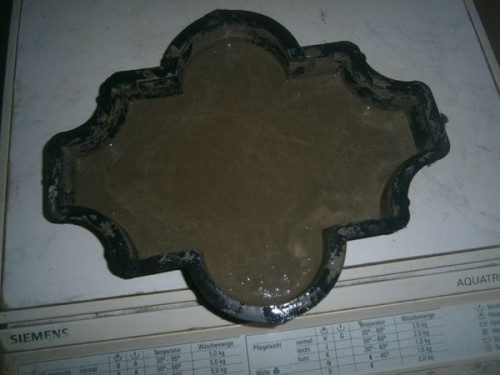
- Equally fill in the vibrationtol, the molds for the tile with concrete solution, tightly put it - it is necessary to achieve a uniform distribution of concrete, and we start the device - for about five minutes, the vibration is tightened to the mixture to disappear the air and alignment of the surface. Behind the absence of vibrotol, the solution is rambling, the clutching walls of the form or urriving it manually.
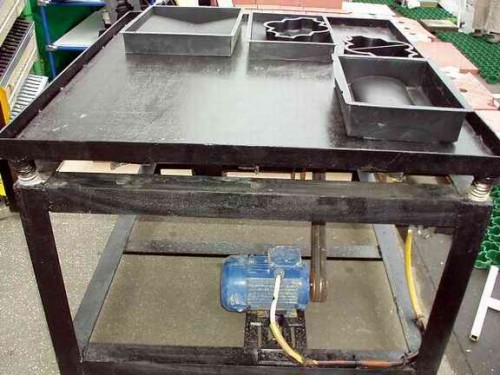
- After this, the tank is covered with a polyethylene film and leave for pouring for two days in the shade. Further, you can make a platform - the forms are disassembled or lowered for a few seconds into a container with hot water - as a result of the extension of the container under the action of heating, you can easily remove the finished tile from the forms. After using a tile form, it is necessary to wash with a salt solution - to remove concrete residues.
- Further drying for giving tiles of strength and wear resistance is carried out under a canopy within a month.
The manufacture of concrete paversing with their own hands will significantly reduce the cost of improvement of the local area, as well as to equip sites and garden tracks on their own - in their unique style.

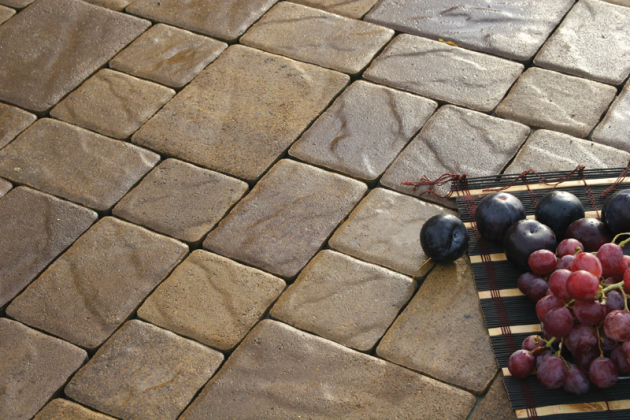
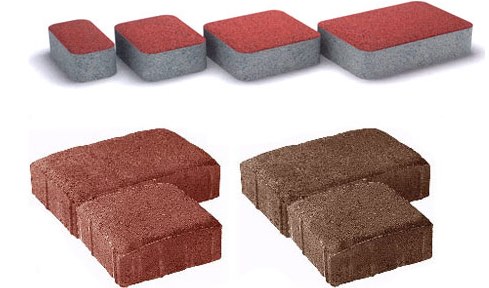
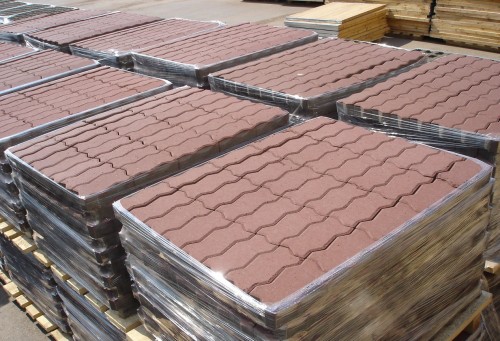
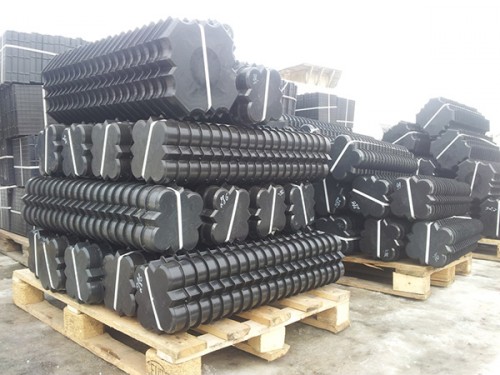
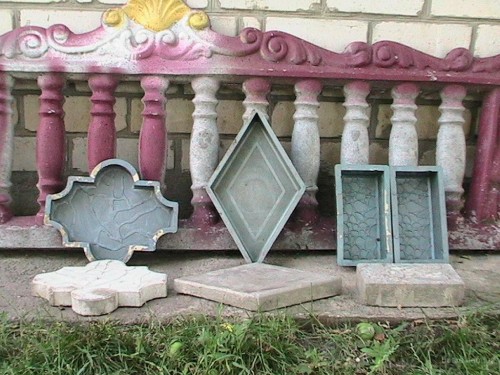
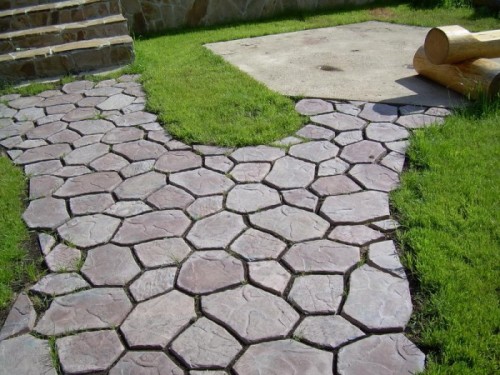

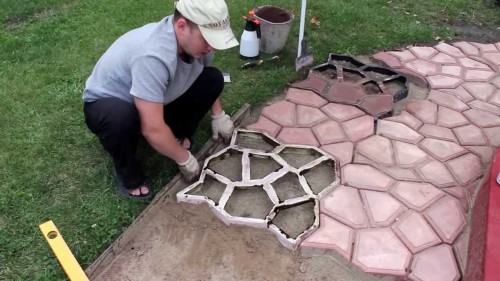
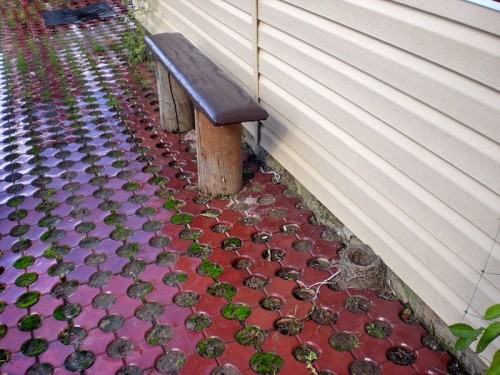
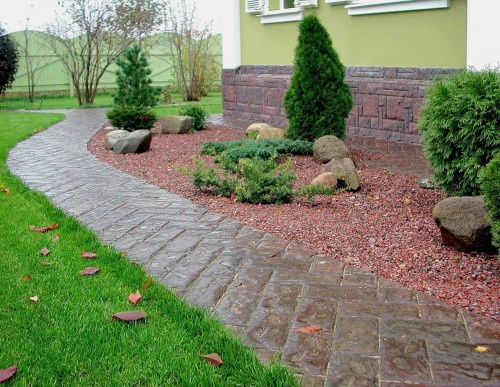
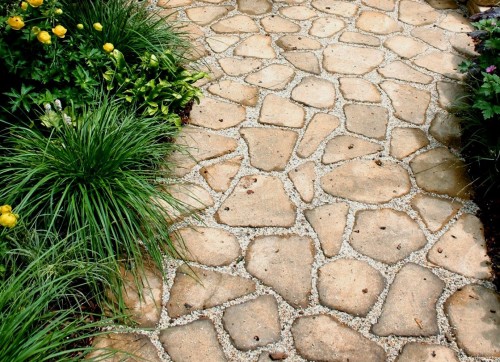
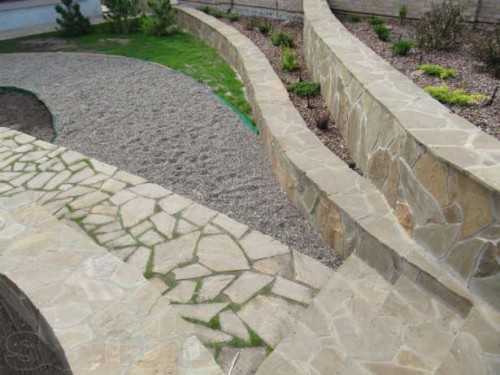
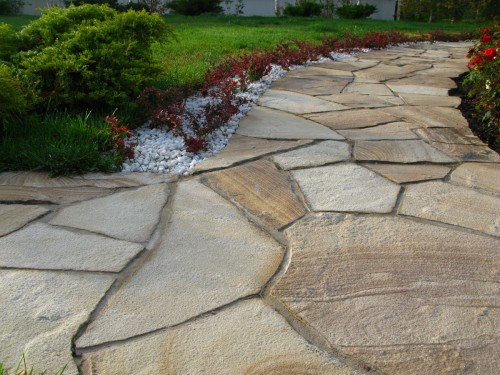

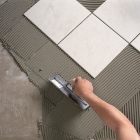


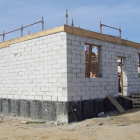
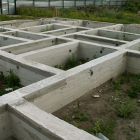


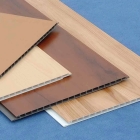
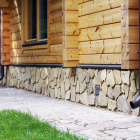
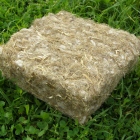
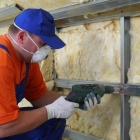
 Start a discussion ...
Start a discussion ...